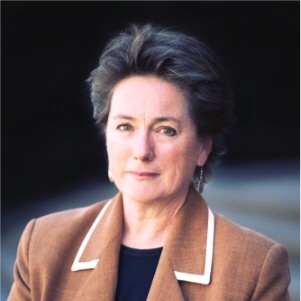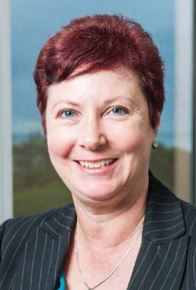Last chance to enrol in Pre Conference Training: GRI Standards for Sustainability Reporting
Next Level Sustainability is offering the Global Reporting Initiative’s Standards for Sustainability Reporting training course on Friday 29 and Saturday 30 March.
This 2-day GRI Certified Training Course will cover corporate sustainability reporting know-how, and how to run a smooth and effective reporting process.
Registration fees start at $1,265.
GRI Certified Training on Sustainability Reporting
This course is provided by GeoTrends Sustainability, a GRI Certified Training Partner with training materials certified by GRI under the GRI Certified Training Program. The course explains how companies/organisations obtain value through GRI Standards based Sustainability Reporting because it is a proactive, structured, and methodical approach to disclosures about organisational performance, particularly non-financial disclosures. Companies which cannot identify material issues, choose to ignore them, or fail to disclose them, may damage their reputation and brand loyalty and increase the risk of further regulation.
In this training you will learn to:
- Assess an organization’s significant impacts along the value chain
- Conduct stakeholder engagement as a function of sustainability reporting
- Decide what belongs in the sustainability report through a materiality assessment
- Produce performance measures
- Align your report with other reporting frameworks (e.g., CDP; Integrated Reporting)
- Develop top-quality sustainability reports
For further information and to make a reservation, visit the Next Level Sustainability website or contact Dr Robert Gale.
E: r.gale@nextlevelsustainability
M: 0434 216 136




